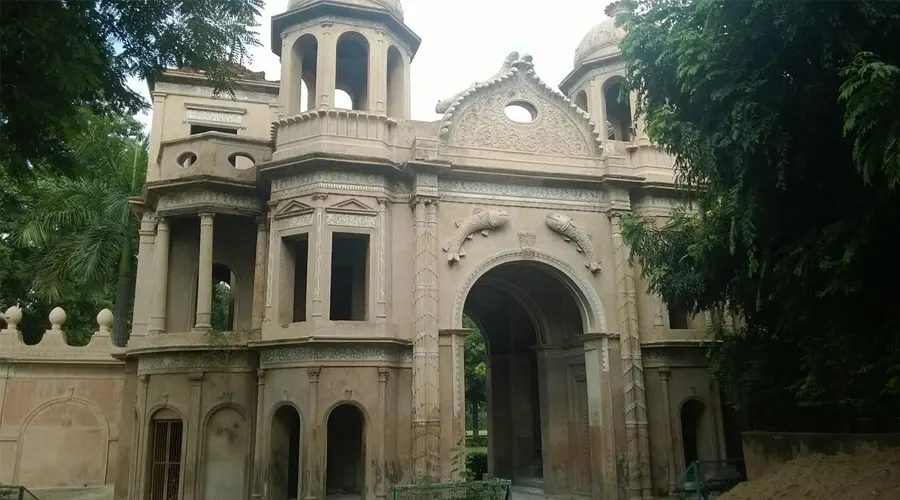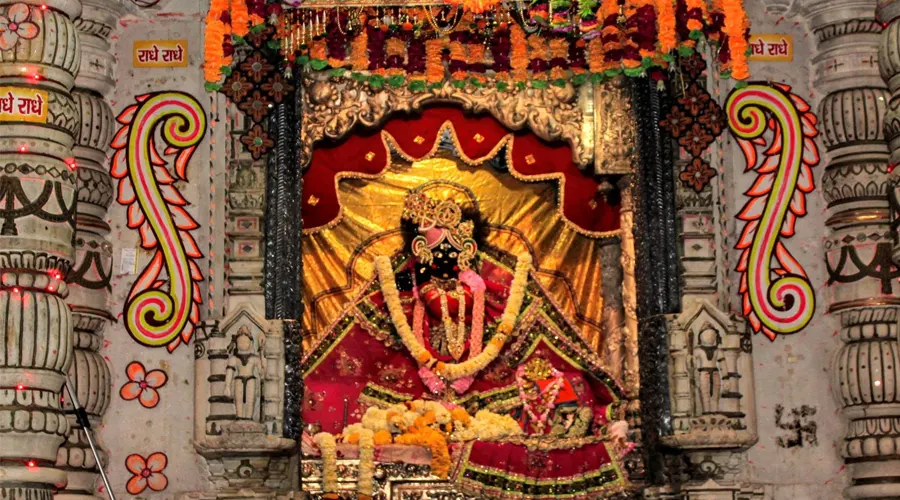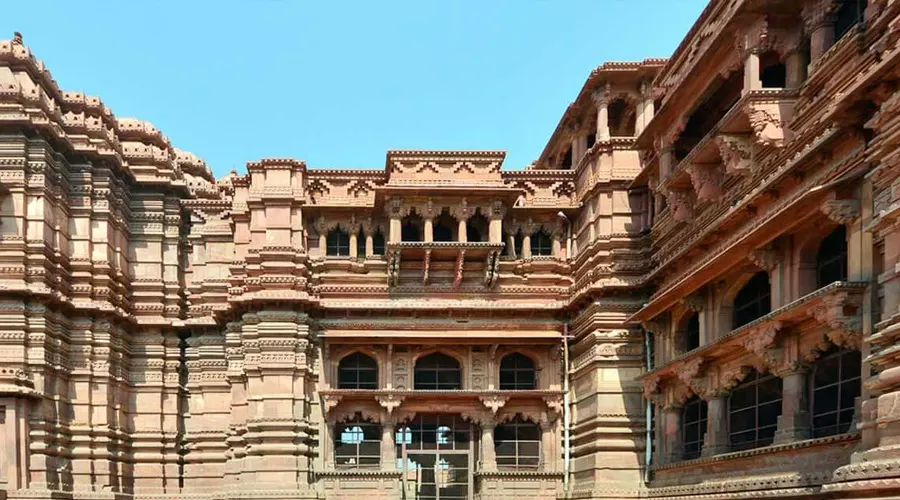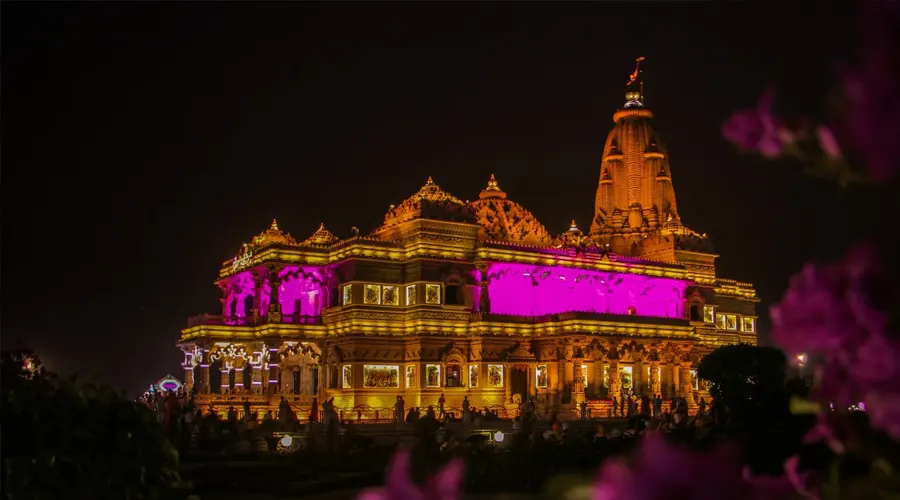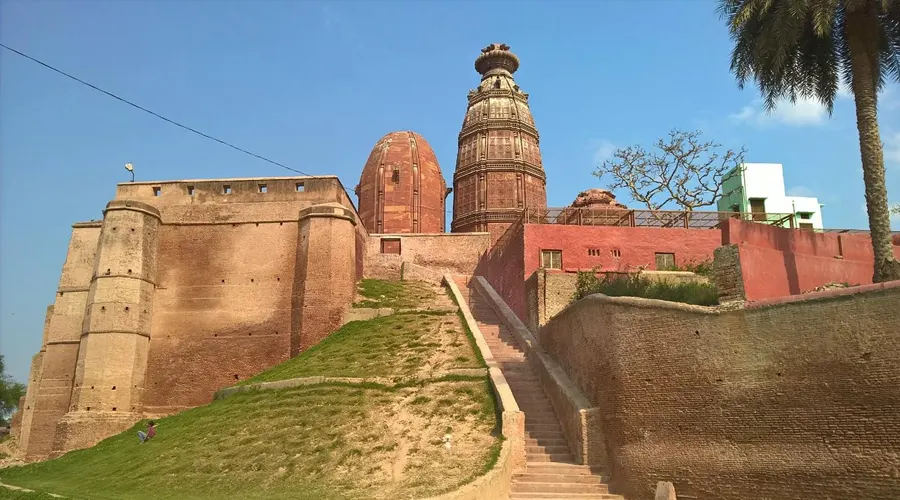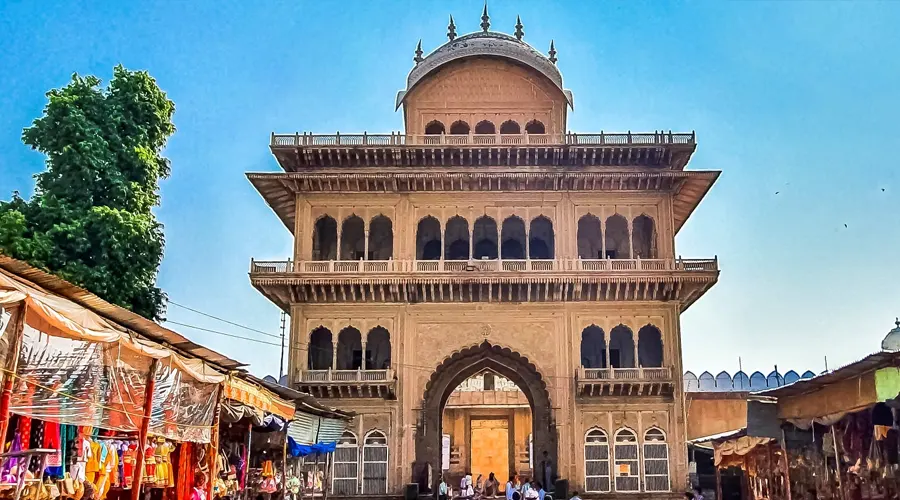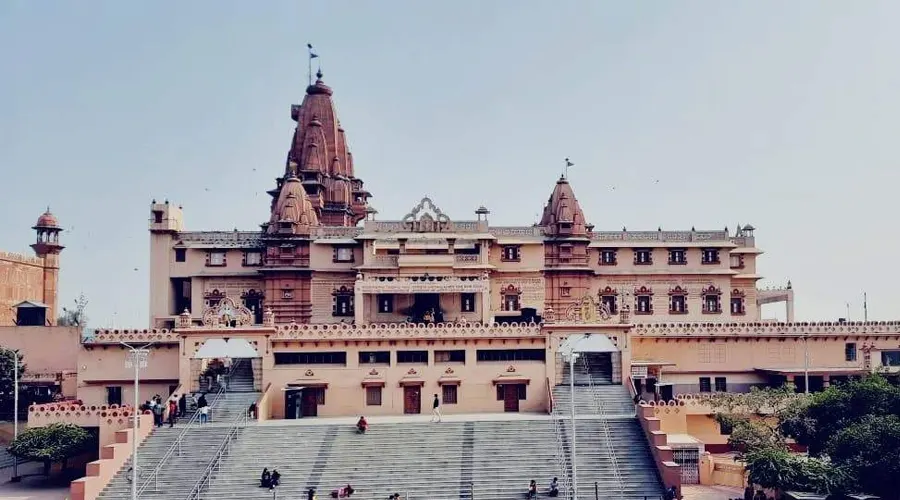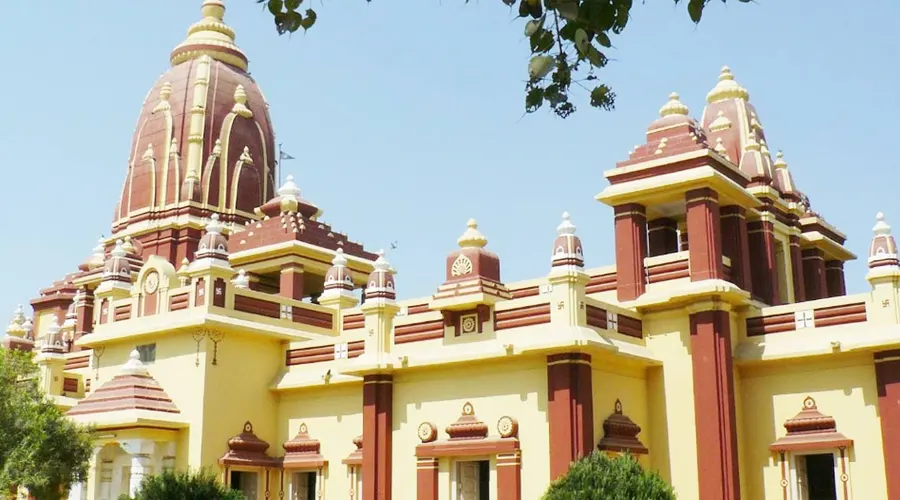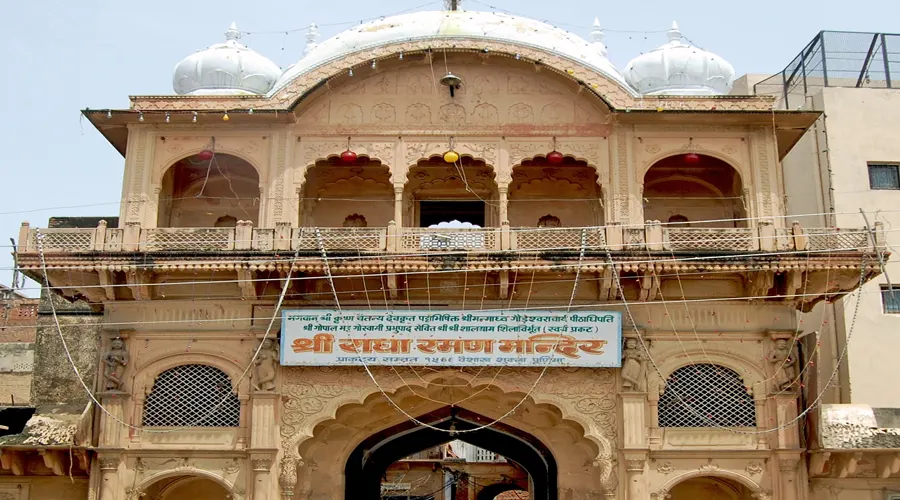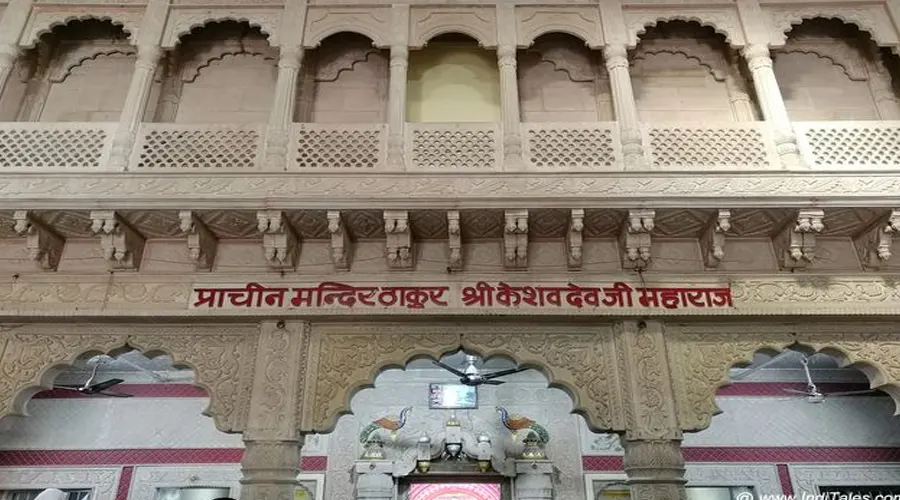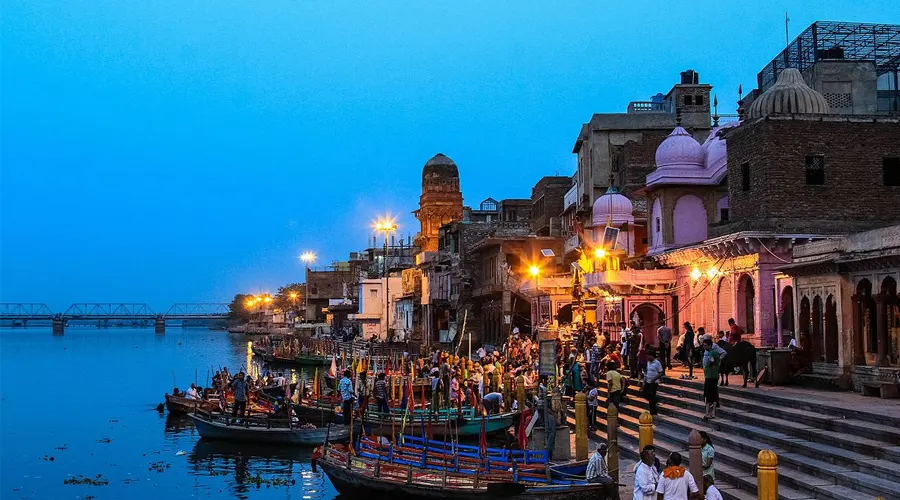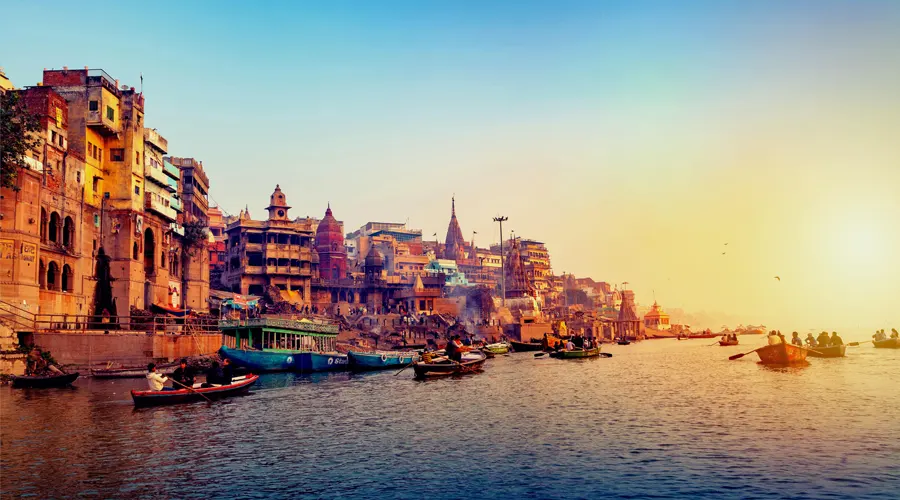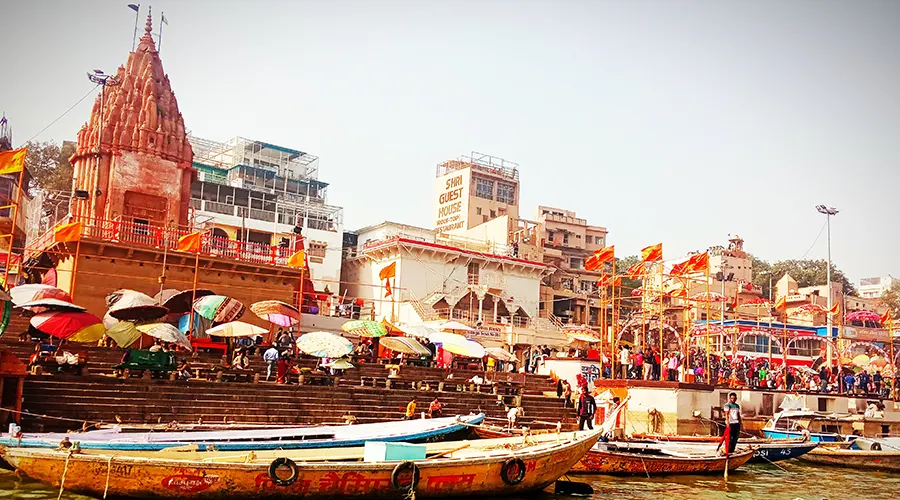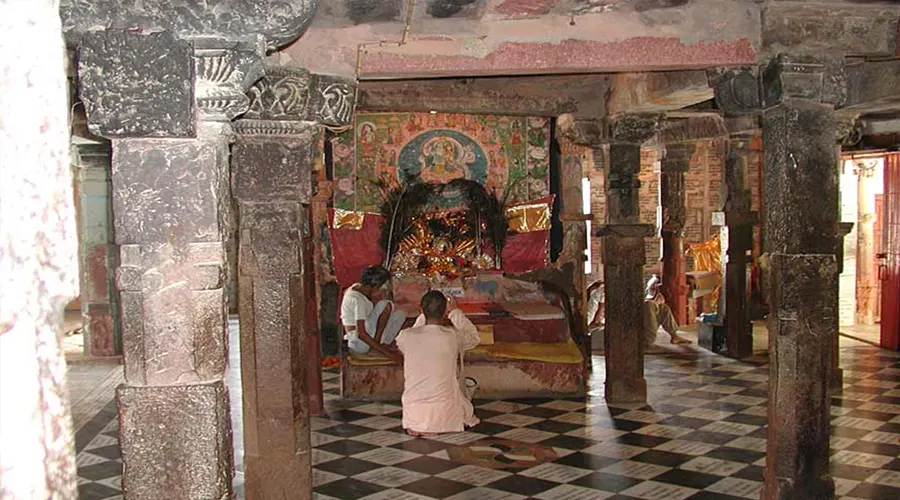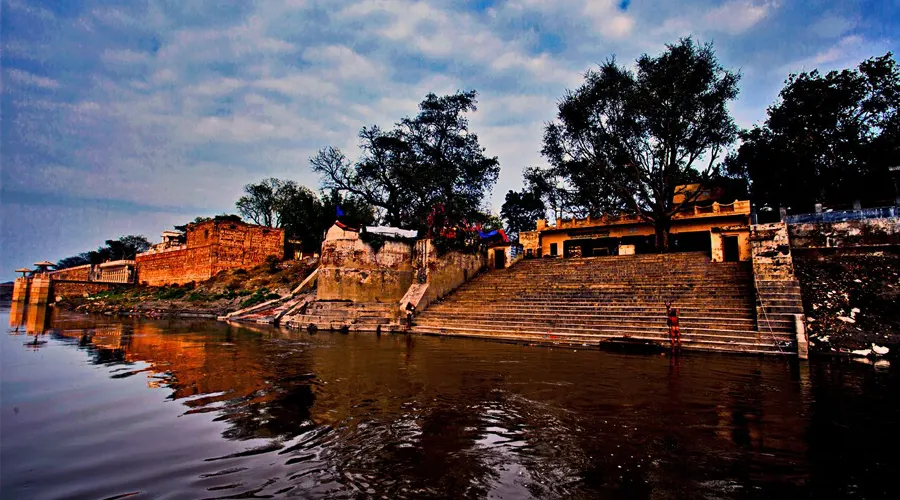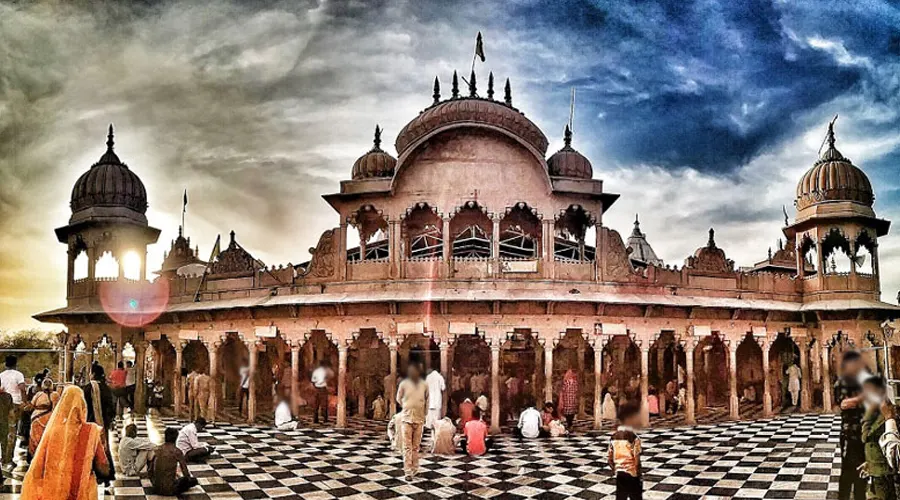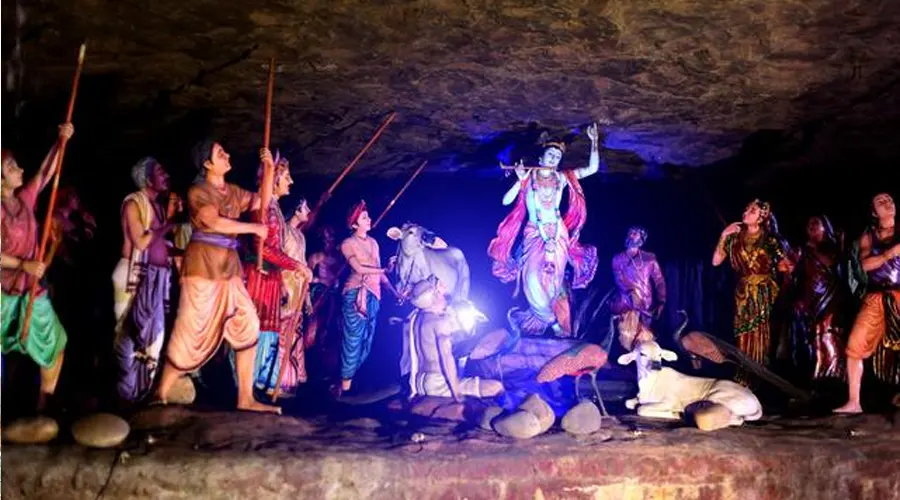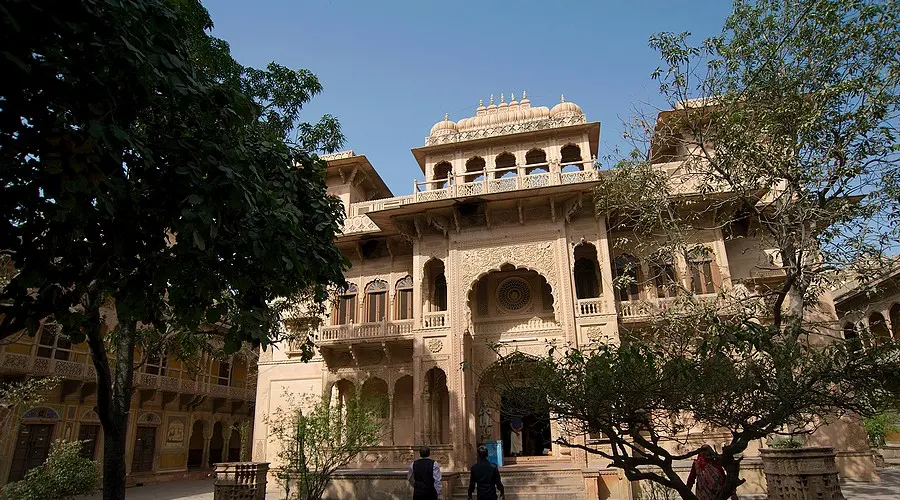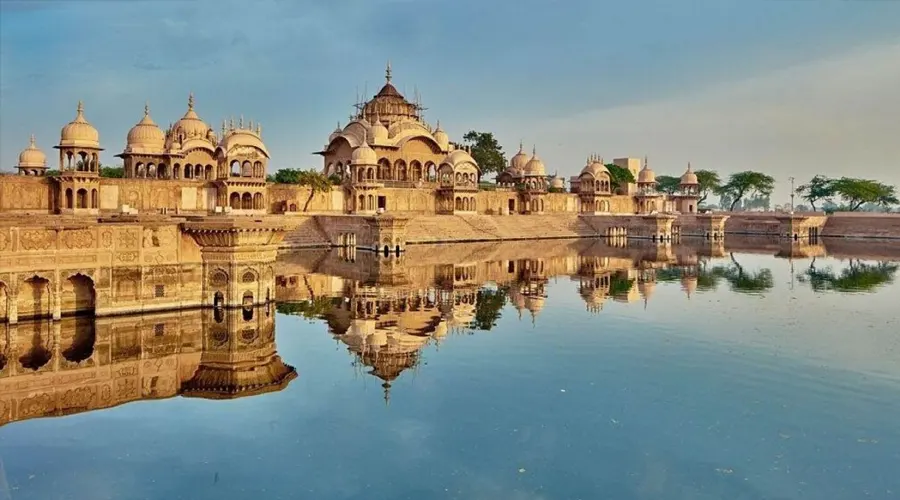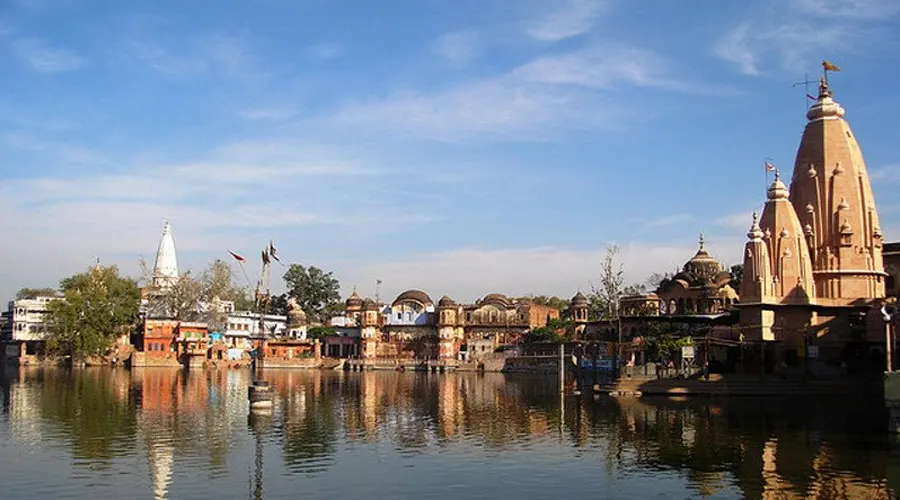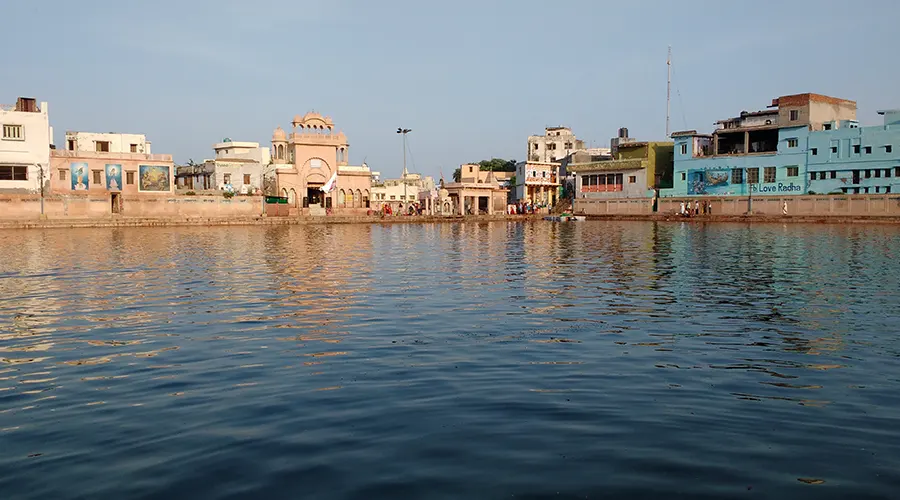Sikandar Bagh Lucknow
Today, it is difficult to believe that Sikandar Bagh, one of the most popular tourist attractions in Lucknow, was the site of a fierce battle between the British and Indian forces. At one point in time, though, it was a cultural center, hosting plays, music, dances, and poet competitions throughout the year. Visit it in the morning, and you come across people of all ages enjoying a leisurely walk, playing games, or just spending some quiet time.
Sikandar Bagh is spread over an area of 120 square yards and was built by Nawab Wajid Ali Shah, the last Nawab of Oudh, as his summer residence. According to some people, it was named Sikandar after Alexander the Great, while others say that it was named after Sikandar Mahal Begum, the favorite wife of the Nawab. Even after the raids and attacks conducted on it, it exudes a kind of magnificence that is to be found in all such structures dating back to that era. This garden is a part of the National Botanical Research Institute.
History of Sikandar Bagh
During the Indian Revolt of 1857, Sikandar Bagh served as a major stronghold for the Indian troops during their siege of the British Residency in Lucknow. The fierce battle which occurred here claimed more than two thousand lives. A particularly notable incident is worth mentioning in this regard because it sheds light on the exemplary bravery displayed by the women soldiers of Begum Hazrat Mahal. The entire scene was described by an eyewitness who went by the name of Sergeant William Forbes Mitchell. He says that there was an enormous peepal tree in the garden, beneath which there were water jars placed for the soldiers to quench their thirst.
After one such episode of fighting, the Sergeant noticed the scattered bodies of English soldiers at a particular spot. Having examined the wounds, he concluded that every one of these soldiers had been shot from above. He ordered a soldier by the name of Wallace to see if anybody was lodged in that tree. Sure enough, he spotted a person and fired. The body landed on the ground with a loud thud, and upon discovering that it was a woman, was immediately filled with remorse. What he said next reflected the immense grief that he was immersed in, "If I had known it was a woman, I would rather have died a thousand deaths than having harmed her".
Although the identity of the woman was never ascertained, there was a monument built in her memory. A bust with the name of “unknown heroine” is located inside the premises of the park and reminds visitors of the supreme sacrifice and valor displayed by her. Here is another interesting fact associated with the monument. A year after the Sikandar Bagh was stormed, an Italian-British photographer by the name of Felice Beato captured the recently damaged structure in her photograph. Looking at the photo, one can well imagine the intensity of the fighting which occurred here, while its overall charm is enhanced by the fact that it was shot almost two hundred years back.
Architecture of Sikandar Bagh
Sikandar Bagh is located close to the National Botanical Research Institute, another famous tourist attraction in Lucknow. The entire structure was built at a cost of approximately 5 lakh rupees. It was once home to a summer palace along with a wooden pavilion. At one point in time, it also housed a mosque inside an enclosure that had huge walls and three lofty gateways on three sides. Today, however, only one of the structures stands, as the rest were completely razed to the ground during the Indian Revolt of 1857.
This gateway is a major attraction inside the Sikandar Bagh, which is one of the most beautiful structures you should visit in Lucknow. It reflects a combination of various architectural styles, from Indian and Persian to European and Chinese. Its interiors are adorned with lovely frescoes which bear a close resemblance to the Chikan embroidery style that Lucknow is famous for. Exquisite examples of art can also be witnessed on the chattris and pagodas. The entire monument is protected by the Archaeological Survey of India and therefore, is of great national importance.

